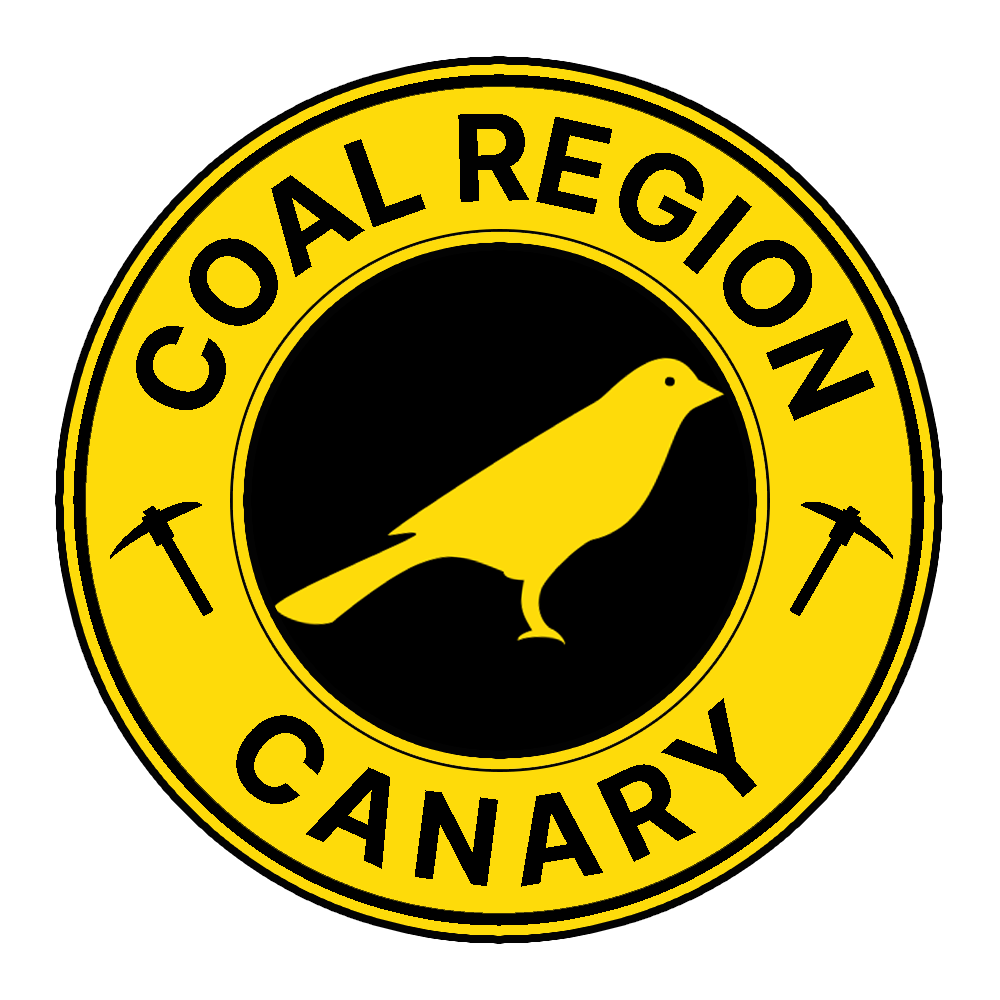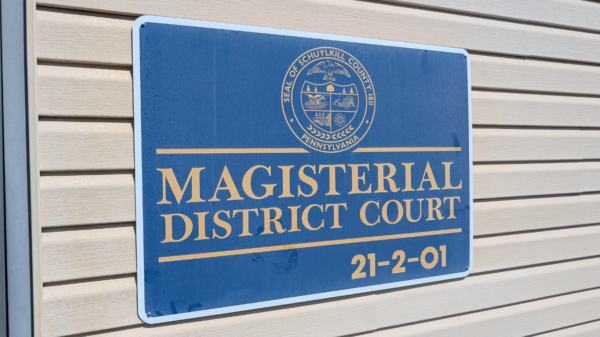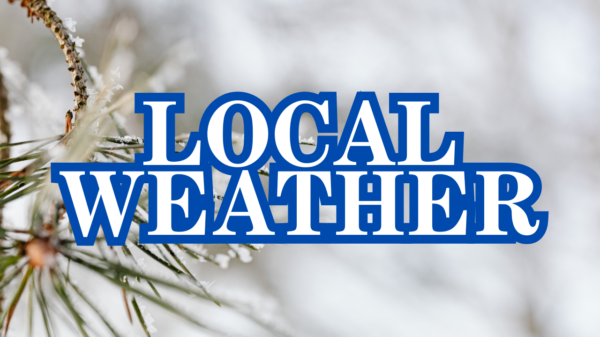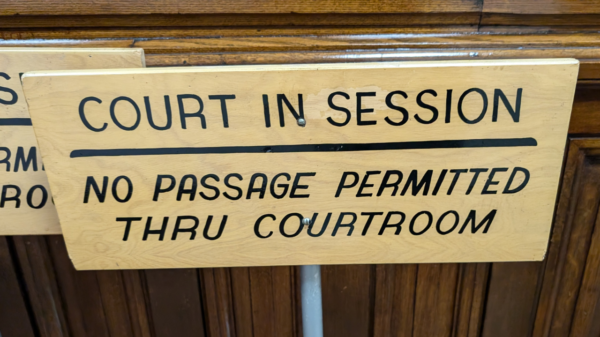Floods have the potential to wreak havoc on places like Schuylkill County, causing damage to property, disrupting infrastructure, and even putting lives at risk. Being well-prepared for floods is essential to ensure the safety of both people and possessions. This article will provide you with potentially life-saving flood safety tips, covering preparation, response, and recovery measures for river, urban, and flash floods.
Understanding Inland Floods
Inland floods can take several forms, each presenting unique challenges and risks:
River Floods
River floods occur when excessive rainfall or snowmelt causes a river’s water level to rise above its banks, resulting in the inundation of surrounding areas.
Urban Floods
Urban floods occur in densely populated areas where the built environment prevents water from being absorbed into the ground, leading to an accumulation of runoff on streets and other surfaces.
Flash Floods
Flash floods are sudden, intense floods caused by heavy rainfall, often in areas with steep terrain. They can occur with little to no warning and have a rapid onset, posing a significant risk to life and property.
Causes of Inland Flooding
Inland flooding can result from a variety of factors, including heavy rainfall, snowmelt, ice jams, and the failure of infrastructure such as dams and levees.
Preparing for a Flood
Being well-prepared for a flood can help mitigate its impact on your property and personal safety.
Assessing Your Flood Risk
The first step in preparing for a flood is to assess the risk of flooding in your area. Consult local flood maps and historical data to determine whether your property is situated in a flood-prone area.
Creating an Emergency Plan
Develop a comprehensive emergency plan that outlines the steps to be taken in the event of a flood. This plan should include evacuation routes, meeting points for family members, and contact information for local authorities and emergency services.
Assembling a Flood Emergency Kit
A well-stocked flood emergency kit can be a lifesaver in times of crisis. Essential items include:
- First aid supplies
- Non-perishable food and water
- Prescription medications
- Flashlights and extra batteries
- Battery-powered or hand-crank radio
- Waterproof clothing and footwear
- Emergency whistle
- Personal hygiene items
Protecting Your Property
Implement preventative measures to protect your property from flood damage:
Elevating Utilities and Appliances
Elevate utilities, appliances, and HVAC systems to reduce the risk of water damage in case of flooding.
Flood Barriers and Sealants
Use flood barriers, such as sandbags or inflatable barriers, and waterproof sealants to help prevent water from entering your property.
Safeguarding Important Documents and Valuables
Keep important documents, such as insurance policies, property deeds, and identification documents, in waterproof containers. Consider moving valuable items to higher levels in your home.
Developing a Family Communication Plan
Establish a communication plan to help your family stay connected during a flood. Designate an out-of-town contact who can relay information and updates among family members, and ensure everyone has a list of emergency contacts.
Staying Informed and Connected
Stay informed about potential flood risks in your area through weather alerts, local news, and community resources.
Weather Alerts and Monitoring
Subscribe to weather alerts and monitor local forecasts to stay up-to-date on potential flood risks. Keep a battery-powered or hand-crank weather radio on hand for emergency situations.
Community Resources and Assistance Programs
Familiarize yourself with local resources, such as emergency shelters and evacuation centers, and explore assistance programs that may be available to help with flood preparedness and recovery efforts.
Evacuation Routes and Centers
Identify evacuation routes in advance, and know the locations of nearby emergency shelters or designated safe areas. Share this information with family members to ensure everyone is aware of the appropriate course of action during a flood.
Safety Tips During a Flood
Knowing what to do during a flood is critical to protecting yourself and your property.
Following Evacuation Orders
Heed evacuation orders issued by local authorities. Delaying evacuation can put you and your family at risk, as well as place additional strain on emergency services.
Moving to Higher Ground
If you are in a flood-prone area and water levels begin to rise, move to higher ground as soon as possible. Avoid taking shelter in basements or low-lying areas, as these are more susceptible to flooding.
Avoiding Floodwaters
Dangers of Walking Through Floodwaters
Never attempt to walk through floodwaters. Even shallow water can be deceptively powerful and may contain hidden debris, contaminants, or displaced wildlife.
Dangers of Driving Through Floodwaters
Avoid driving through flooded areas, as it is difficult to gauge the depth of the water or the condition of the road beneath. As little as a foot of water can cause a vehicle to lose traction and be swept away.
Turning off Utilities
If it is safe to do so, turn off utilities such as electricity, gas, and water to reduce the risk of fires, explosions, and other hazards during a flood.
Safety Tips After a Flood
The aftermath of a flood can present various challenges and risks. Follow these safety tips to help ensure a smooth recovery process.
Returning Home Safely
Wait for official confirmation from local authorities before returning to your property. Exercise caution when re-entering your home, as there may be hidden hazards or structural damage.
Inspecting Structural Damage
Inspect your property for signs of damage, paying particular attention to the foundation, walls, and roof. If you suspect your home is structurally compromised, consult a professional before attempting to make repairs.
Identifying and Handling Hazards
Be cautious of potential hazards, such as exposed electrical wires, damaged gas lines, or contaminated water. Report any concerns to local authorities or utility companies.
Cleaning Up and Restoration
Removing Mold and Mildew
Address mold and mildew growth promptly, as these can cause health problems if left unchecked. Use appropriate cleaning solutions and protective gear, and consider consulting a professional if the problem is severe.
Dealing with Contaminated Water
Floodwater may contain contaminants, such as sewage or chemicals. Wear protective gear when handling contaminated items, and discard any porous materials that have been in contact with floodwater.
Managing the Emotional Impact of Floods
The emotional toll of a flood can be significant. Seek support from friends, family, or mental health professionals to help process your feelings and work through the recovery process.
Insurance Claims and Financial Assistance
Document any flood-related damage to your property and belongings, and contact your insurance provider to initiate a claim. Explore financial assistance programs that may be available to help with recovery costs.
Flash Flood Safety Tips
Flash floods present unique challenges and require specific precautions.
Recognizing Flash Flood Dangers
Stay alert to the signs of an impending flash flood, such as rapidly rising water levels, intense rainfall, or audible warnings from local authorities.
Staying Safe During Flash Floods
Seek higher ground immediately in the event of a flash flood. Avoid areas prone to sudden flooding, such as low-lying regions or those near rivers and streams.
Evacuating During Flash Floods
Follow evacuation orders and prioritize personal safety over property protection. Ensure you have a well-practiced evacuation plan and designated meeting points in case family members become separated.
Long-term Flood Prevention Measures
Implement long-term flood prevention measures to reduce the impact of future flooding events on your property and community.
Flood-Resistant Home Design
When building or renovating your home, consider incorporating flood-resistant design features, such as raised foundations, flood vents, and water-resistant building materials.
Landscape Modifications for Flood Protection
Implement landscaping techniques to help manage water runoff and reduce the risk of flooding, such as installing rain gardens, using permeable paving materials, and planting native vegetation.
Community Flood Prevention Programs and Infrastructure
Support and participate in community initiatives aimed at reducing the risk of floods, such as improved stormwater management systems, floodplain zoning regulations, and infrastructure upgrades.
Flood Safety Tips FAQs
How can I stay informed about flood risks in my area?
Subscribe to local weather alerts, monitor forecasts, and stay connected with your community’s resources and assistance programs.
What is the difference between a flood watch and a flood warning?
A flood watch indicates that conditions are favorable for flooding, while a flood warning means that flooding is imminent or already occurring.
How can I protect my valuable documents and belongings in case of a flood?
Store important documents in waterproof containers and move valuable items to higher levels in your home.
What should I know about flood insurance?
Flood insurance is not typically included in standard homeowners’ insurance policies. If you live in a flood-prone area, consider purchasing separate flood insurance coverage.
How can I help my community prepare for and recover from floods?
Participate in community flood prevention programs, volunteer with local organizations focused on flood preparedness and recovery, and educate your neighbors about the importance of flood safety.
What are some safety tips for dealing with flooded roads?
Avoid driving through flooded areas, as it is difficult to gauge the depth of the water or the condition of the road beneath. Turn around, don’t drown.
How can I prepare my pets for a flood?
Include pet supplies in your emergency kit, ensure your pets are wearing proper identification, and develop a plan for evacuating your pets in case of a flood.
ALSO READ:
- 2 Week Food Supply List: Guide for Emergency Preparedness
- Thunderstorm Safety Tips: Protecting Yourself from Lightning and More
Subscribe to Coal Region Canary
Get email updates from Coal Region Canary by becoming a subscriber today. Just enter your email address below to get started!Support Coal Region Canary
Like our reporting and want to support truly local news in Schuylkill County? Your small donations help. For as little as $5, your contribution will allow us to cover more news that directly affects you. Consider donating today by hitting the big yellow button below ...


































